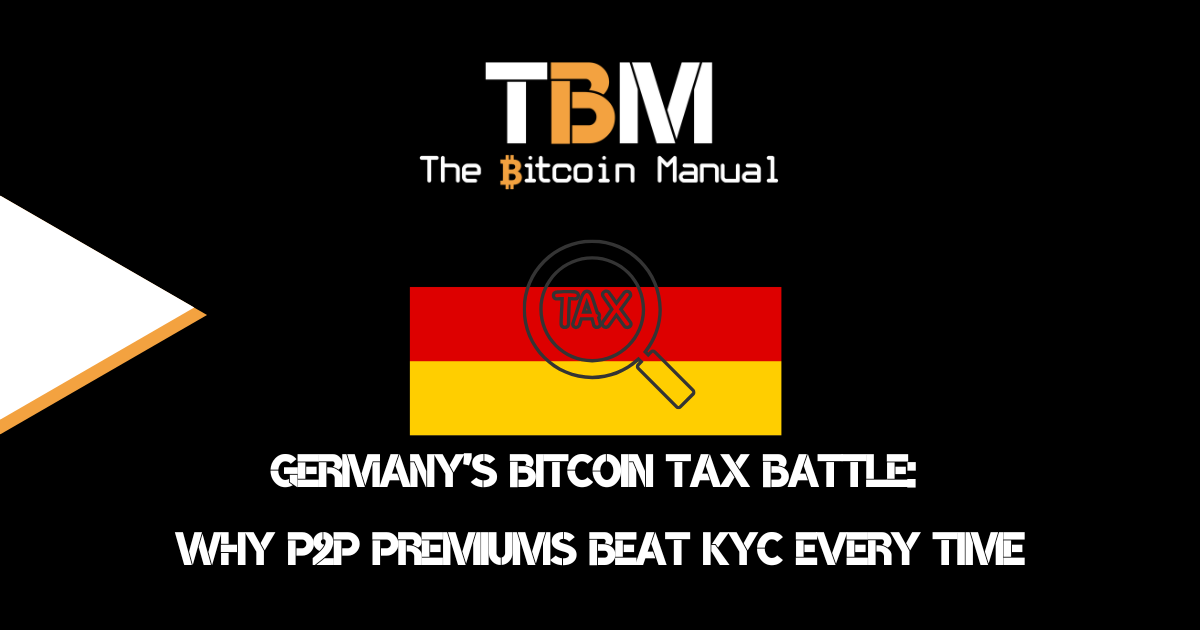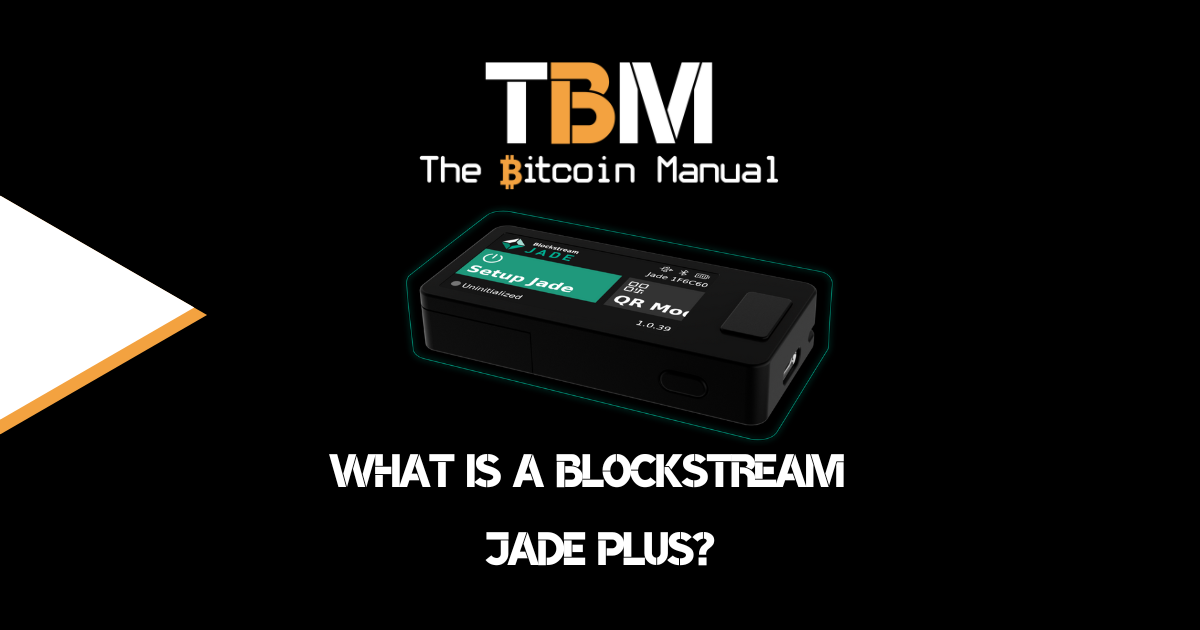Bitcoin is a decentralised digital currency launched in 2009. It requires a network of nodes to store a copy of the ledger and validate blocks and a set of miners that convert energy into hash power so that blocks can be mined. Bitcoin is based on a peer-to-peer network that allows users to send and receive Bitcoin without a central authority.
Bitcoin works by using a distributed ledger called the blockchain, a public database that records all Bitcoin transactions, which can be viewed by anyone who runs the correct software. This database is replicated on every Bitcoin network node, ensuring that all transactions are transparent and secure.
For Bitcoin to exist, it requires participants such as nodes and miners to run a specific set of software that agrees with the rules of the network; this software is often referred to as Bitcoin or Bitcoin Core. The more people running the software and watching the network, ensures it remains decentralised and reliable.
What is Bitcoin Core?
Bitcoin Core is the reference implementation of the Bitcoin protocol. It is a full node, which downloads the entire Bitcoin blockchain and validates all transactions. Bitcoin Core also includes a wallet allowing users to store and send Bitcoin.
Bitcoin Core is the most popular Bitcoin client and has been improved over the years by maintainers, while other developers have reworked the source code in different programming languages or created their own packages to bundle with hardware like cold storage devices and nodes or their own wallet software.
Regardless of the version of the implementation, Bitcoin Core remains at the centre of everyone’s interaction with the network, including individuals, businesses and miners. Bitcoin Core is also the most secure Bitcoin client having the longest track record, and it is regularly updated with improvements, security patches, and other upgrades.
The software was initially released by Satoshi Nakamoto (under the name Bitcoin), only to be later renamed to Bitcoin Core to avoid any confusion. The open-source software is not owned by any single business or organisation but is updated and reviewed by a community of worldwide developers. Another way to define Bitcoin Core is that it is the software that validates the entire network and is the central branch of Bitcoin.
Although there are different implementations of the Bitcoin software, Bitcoin Core remains the original implementation and by far the most popular. It is used as the reference implementation, meaning that all other Bitcoin implementations look to Bitcoin Core for guidance and standards.
Features of Bitcoin Core
- Full node: A full node is a computer that downloads the entire Bitcoin blockchain and validates all transactions. This ensures the Bitcoin network is secure and all transactions are legitimate.
- Wallet: A wallet is a software program that allows users to store and send Bitcoin. Bitcoin Core includes a wallet that is integrated with the Bitcoin Core client.
- Mining: The Bitcoin Core wallet has built-in capabilities for mining; therefore, it is easy to use the wallet to mine on your machine. The wallet will use your CPU or GPU to mine, but as of today, CPU and GPU mining is no longer viable.
Who runs Bitcoin Core?
Core developers are not a centralised group of people but rather a host of people from around the world drawn to the Bitcoin project to help further Satoshi’s original work.
Many individuals have worked on improving Bitcoin Core over the years, and those that have made larger commit are called Core developers. There are no qualifications or restrictions to being a Core developer, and so far, over 700 people have added their ideas or improvements to the project.
Team
The Bitcoin Core project has an extensive open-source developer community with many casual contributors to the codebase. Many more contribute to research, peer review, testing, documentation, and translation. Anyone can propose a fix or an upgrade to the Bitcoin Core software, and if it provides value and the community of maintainers agree, those updates can be merged into the primary code base.
Maintainers
Project maintainers have commit access and are responsible for merging patches from contributors. They perform a janitorial role merging patches that the team agrees should be merged.
They also act as a final check to ensure that patches are safe and in line with the project goals and that the reference client remains the most reliable version of the Bitcoin software.
Contributors
Anyone who contributes code, review, test, translation or documentation to the Bitcoin Core project is considered a contributor. The release notes for each Bitcoin Core software release contain a credits section to recognise all those who have contributed to the project over the previous release cycle, and all contributors can be found on the GitHub page.
How to use Bitcoin Core
You must install the Bitcoin Core client on your computer to use Bitcoin Core. Once you have installed the client, you must create a wallet. You can then send and receive Bitcoin using your wallet.
You can visit the Bitcoin Core website to install Bitcoin Core and download the latest software version. Once you have downloaded the software, you can run the installer to install Bitcoin Core on your computer.
You will then need to download a copy of the entire blockchain so that your node software can sync to the latest block, and once you’ve completed that, you’ll be ready to use your wallet.
To create a wallet, you can use the Bitcoin Core wallet wizard. The wallet wizard will guide you through creating a new wallet.
To send and receive Bitcoin, you can use the Bitcoin Core wallet. The wallet has a graphical user interface that allows you to send and receive Bitcoin and should be familiar to you if you’ve used any Bitcoin wallet in the past. You should be able to create a public key to receive Bitcoin to your core wallet or send Bitcoin from a wallet you’ve restored using Bitcoin Core as your wallet interface.
Advantages of Bitcoin Core
- Secure and reliable: Bitcoin Core is a full node and wallet that downloads the entire blockchain and validates all transactions. This ensures that the Bitcoin network is secure and that all transactions are legitimate. You also have the confidence that you’re downloading a piece of software that is battle tested and coming from a reputable source.
- Open source: Bitcoin Core is open-source software, meaning it is free to use and modify. This allows users to contribute to the development of Bitcoin Core and ensure the software is secure and reliable. It also ensures that upgrades will be backwards compatible and you have complete transparency.
- Community-driven: Bitcoin Core has a large and active community. This community supports Bitcoin Core users and helps improve the software.
- Backwards compatible: While it is advised to update your version of Bitcoin Core, you don’t have to if you do not want to; the software will continue to work, and you won’t have access to the latest batch of features.
Disadvantages of Bitcoin Core
- Not as user-friendly as some other Bitcoin wallets: Bitcoin Core is not as user-friendly as some other Bitcoin wallets. This is because this client wasn’t built with the average end user in mind.
Bitcoin core of consensus
Bitcoin Core is a powerful tool allowing users to interact with the network without needing a third party. Once Bitcoin Core is running and synchronised, It acts as a full node, so you trust no one to validate or broadcast your transactions and add to the network’s decentralisation.
Bitcoin Core also includes a wallet, making storing and sending Bitcoin easy. This comes equally in handy when dealing with protocols built on top of Bitcoin Core, like the Lightning Network.
Bitcoin Core does have some disadvantages, such as the fact that it requires a lot of storage space and can be slow to sync. But this is a small price to pay for eliminating third-party trust.
If you’re running Bitcoin Core but don’t like the standard wallet, then you’re free to use another one. Use Core as your node software and switch to a wallet that provides you with the desired GUI or features.
Do your own research.
If you want to learn more about Bitcoin Core, use this article as a jumping-off point and don’t trust what we say as the final say. Take the time to research, check out their official resources below or review other articles and videos tackling the topic.




